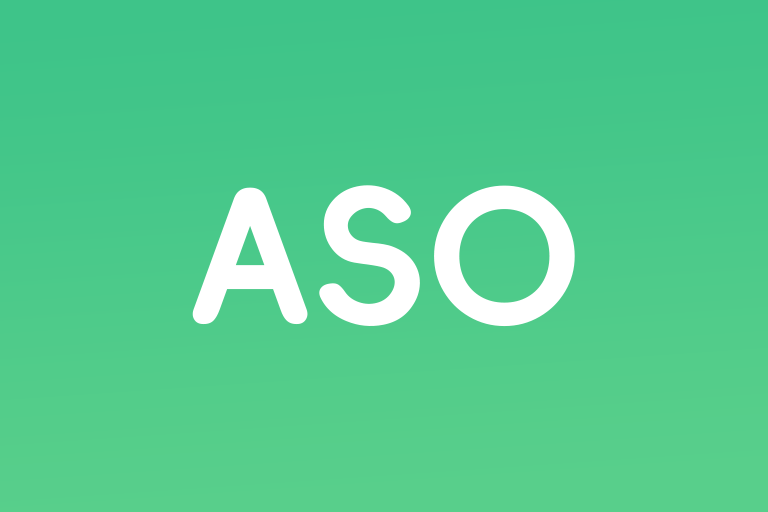Google Play vs. Apple App Store: Key Differences and ASO Strategies
In today’s competitive app marketplace, standing out is crucial. While both Google Play and Apple App Store are dominant platforms for app distribution, they differ significantly in their ranking algorithms, user behavior, and ASO (App Store Optimization) requirements. Understanding these differences is key to crafting a successful ASO strategy.
For marketers and developers, leveraging insights from tools like FoxData’s App Marketing Analytics can make all the difference in crafting platform-specific strategies.
Key Differences Between Google Play and Apple App Store
1. Algorithm Structure
Google Play uses a more dynamic and complex ranking algorithm heavily influenced by user behavior, including installs, uninstalls, reviews, and engagement. The algorithm continuously adapts based on real-time data.
Apple App Store relies on a relatively simpler and more static approach, focusing on metadata such as the app title, subtitle, keywords field, and reviews. Apple places a higher emphasis on editorial curation, often spotlighting apps through its “Today” tab.
To stay ahead of these algorithm shifts, many developers rely on FoxData’s Reviews Management Tools to track user sentiment and identify optimization opportunities.
2. Keyword Optimization
Google Play allows for natural keyword integration in the app description, title, and short description. Its algorithm scans these areas to understand relevance, making it important to strategically incorporate high-performing keywords within these fields.
Apple App Store uses a dedicated 100-character keyword field for ASO. Keywords should be carefully selected for this field since they are not visible to users but are crucial for search rankings. Apple also optimizes the app title and subtitle, but the keyword field plays a central role in searchability.
3. Visual Elements
Google Play emphasizes app previews with videos and screenshots displayed prominently on the app page. A well-crafted feature graphic and promo video can significantly impact conversion rates.
Apple App Store offers a more curated experience, with screenshots and app previews being part of the user journey. Apple also emphasizes App Previews (videos) to give users a direct understanding of the app.
4. Review and Rating System
Google Play calculates app ratings based on recent reviews, giving newer updates more weight. This helps ensure that current app quality is reflected in the ratings.
Apple App Store offers developers the ability to reset their app’s ratings with each new update, which can be a strategic move to highlight improvements.
ASO Strategies for Success
1. Leverage Keywords Effectively
- Google Play: Focus on incorporating long-tail keywords naturally in your app description and short description. Use keyword tools to find terms with moderate competition and high search volume.
- Apple App Store: Maximize the 100-character keyword field by avoiding spaces, using commas to separate terms, and including synonyms. Carefully choose keywords for your app title and subtitle.
2. Optimize Visual Assets
- Screenshots: Ensure screenshots are engaging, highlight core features, and align with user expectations. Use captions to guide users.
- Videos: Create short, compelling previews (up to 30 seconds for Apple and 2 minutes for Google). Highlight the app’s unique selling points early in the video.
3. Encourage Reviews and Engagement
- Google Play: Prioritize recent reviews by prompting users to leave feedback after positive experiences. Highlight new features to retain users and boost ratings.
- Apple App Store: Use in-app prompts to request reviews after key interactions. Take advantage of the rating reset option when launching major updates to improve your app’s score.
4. Monitor Performance Metrics
- Google Play: Track user behavior, including uninstall rates and session times, as they heavily influence rankings.
- Apple App Store: Focus on download rates, keyword ranking, and user feedback to measure performance.
Conclusion
ASO strategies must be tailored to the unique characteristics of each platform. For Google Play, prioritize keyword integration, engagement metrics, and visual assets. For the Apple App Store, focus on keyword field optimization, curated visuals, and strategic updates. By understanding the distinct ecosystems of these app stores, developers can maximize visibility and drive more downloads.
Start optimizing smarter today with FoxData — your all-in-one platform for keyword tracking, review analysis, and ASO-driven growth.







